- EuropaAsiaMedio Oriente
- Tutte le liste di controllo
- Marketing
- Lista di controllo per Discovery call
Lista di controllo per Discovery call
Una lista di controllo per le discovery call guida la pianificazione e qualifica dei potenziali clienti, utilizzando il modello SPIN e strumenti per ottimizzare il flusso di lavoro. Essenziale per team di vendita e marketing, manager e professionisti delle vendite.

- Pianifica la chiamata
- Qualifica il tuo acquirente
- Analizza i bisogni del potenziale cliente
- Usa il modello SPIN
- Prepara una lista di domande in anticipo
- Imposta la durata della chiamata
- Segui uno script di chiamata
- Utilizza degli strumenti per semplificare il flusso di lavoro delle chiamate
- Abbina le domande al percorso dell’acquirente
- Organizza una riunione di vendita
- Pianifica i follow-up
- Chiudi l’affare
Come si conduce una discovery call di successo? Cosa dovrei includere? Da dove dovrei iniziare? Queste sono alcune delle domande che dovresti porti per fare bene il tuo lavoro.
Abbiamo compilato una lista di controlli da fare per assicurare il successo. Continua a leggere per saperne di più.
Cos’è una lista di controllo delle discovery call?
Una lista di controllo delladiscovery call è una lista di elementi che devono essere completati prima, durante e dopo una discovery call nel processo di vendita.
Questa lista include diversi compiti come ad esempio la preparazione della chiamata, la raccolta di informazioni in anticipo, la presa di appunti durante la chiamata e il follow-up successivo.
Usando una lista di controllo, puoi assicurarti di non perdere nulla e di sfruttare al massimo il tuo tempo mentre qualifichi un potenziale acquirente.
L’importanza di una lista di controllo delle discovery call
Seguire questa lista di controllo ti permette di essere organizzato ed efficiente durante il tuo tempo con il potenziale cliente. Così potrai passare meno tempo a preoccuparti e più tempo a vendere.
Non perderti delle informazioni importanti che potrebbero essere rilevanti per la chiamata.
Chi può beneficiare di una lista di controllo delle discovery call
i membri del team di vendita e di marketing
Queste sono le persone che tipicamente fanno le discovery call ai potenziali clienti, quindi dovrebbero essere preparate a dare la loro migliore prestazione durante ogni chiamata.
manager delle vendite
La gestione del tempo è fondamentale quando si è a capo di un team di persone che fanno le chiamate ai potenziali clienti. Questa lista di controllo permette ai responsabili delle vendite di lanciare le tattiche di vendita in modo efficiente e di raggiungere i loro obiettivi commerciali.
professionisti delle vendite
I rappresentanti di vendita possono anche usare una lista di controllo per le discovery call a loro vantaggio. Essendo preparati per ogni chiamata e sapendo cosa ci si aspetta da loro, saranno in grado di concentrarsi sulla vendita piuttosto che sulla logistica della chiamata.
Scopri la lista di controllo delle discovery call
Prima di effettuare una discovery call, devi sapere chi sarà all’altro capo del telefono e che tipo di informazioni possiede.
Perché è importante pianificare la telefonata?
Innanzitutto, è importante avere un’idea di chi è il cliente e di cosa si aspetta dal servizio.
Inoltre, avere un’agenda per la telefonata ti aiuterà a rimanere concentrato e a garantire la copertura di tutti gli argomenti importanti. Infine, la raccolta di informazioni in anticipo ti consentirà di dedicare più tempo alla telefonata, ponendo delle discovery call sulle vendite e approfondendo la conoscenza del potenziale cliente.
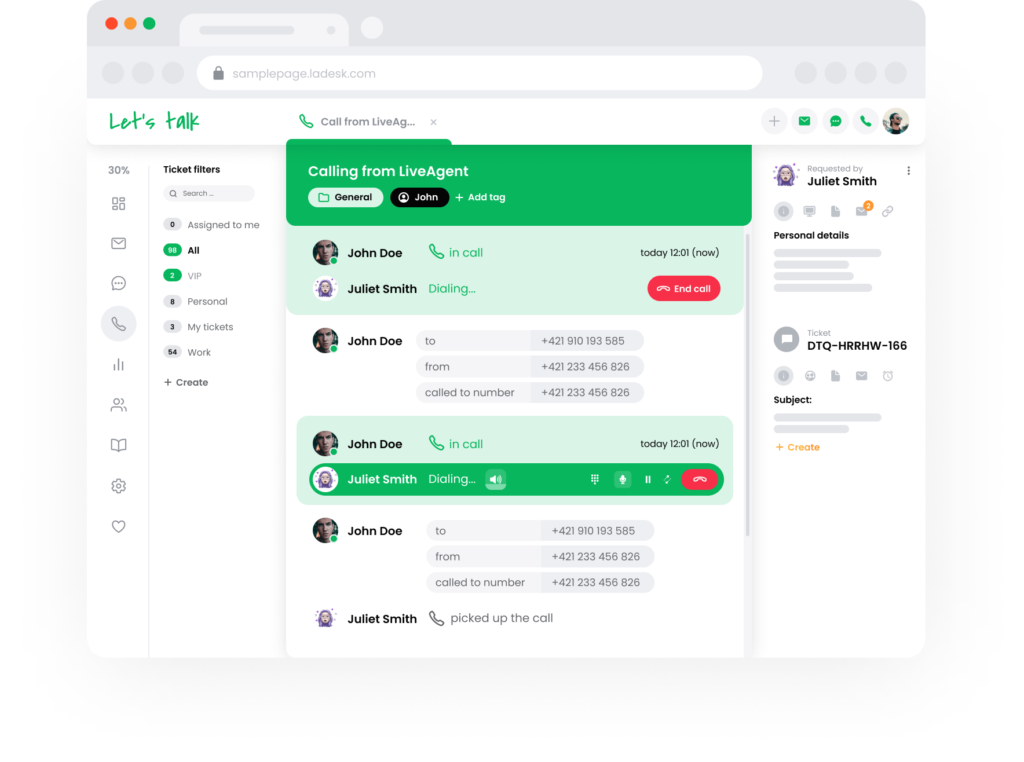
Come pianificare la chiamata?
Prima di avviare un nuovo processo di scoperta delle vendite con i potenziali clienti, assicurati che il tuo elenco di contatti sia aggiornato.
Controlla se sono state aggiunte nuove informazioni al sito web o alle pagine dei social media del potenziale cliente, in modo da poter porre domande pertinenti durante la conversazione.
Infine, prendi in considerazione l’idea di affidare a uno sceneggiatore la creazione di un’agenda per le chiamate di scoperta.
Quali strumenti utilizzare per pianificare una telefonata?
- fogli di calcolo contenenti dati
- software di gestione dei contatti
- software di email marketing con sequenze automatiche di drip per il nurturing dei lead
- strumenti di ascolto dei social media
- strumenti di ricerca di potenziali clienti
Una volta pianificata la telefonata, è il momento di qualificare il potenziale acquirente. Si tratta di stabilire se l’acquirente è adatto a ciò che offrite e di decidere le fasi successive dopo aver completato il processo di ricerca del cliente.
Perché è importante qualificare l’acquirente?
Ti permette di concentrarti su coloro che sono adatti al tuo prodotto o servizio. Ciò consente a te e al potenziale cliente di risparmiare tempo ed energia, in quanto nessuno dei due dovrà affrontare un processo di discussione su qualcosa che non è adatto.
Come qualificare l’acquirente?
Il modo migliore per qualificare un acquirente è porre domande che ti aiutino a capire le sue esigenze e se il tuo prodotto o servizio può soddisfarle o meno. Alcune delle domande che puoi porre sono:
- Quali sono le tue attuali sfide aziendali?
- Quali sono i tuoi obiettivi per il futuro?
- In che modo la tua azienda sta attualmente generando lead?
- Quale tipo di soluzione attuale state considerando?
Quali strumenti utilizzare per qualificare gli acquirenti?
- questionari per i prospect
- modelli di buyer persona
- matrici di qualificazione
Una volta qualificato l’acquirente, è il momento di analizzare le sue esigenze. Devi determinare quali sono i problemi che stanno affrontando e capire quali sono le soluzioni più adatte a loro.
Perché è importante l’analisi delle esigenze del prospect?
Ti garantisce la comprensione delle esigenze dei prospect. In base all’analisi, è possibile fornire una soluzione in grado di soddisfare le loro sfide aziendali.
Inoltre, sapere esattamente cosa cercano i clienti ti permette di posizionare il tuo prodotto o servizio in modo efficiente. Chiedere informazioni sulle loro esigenze ti offre una migliore comprensione e ti aiuta a determinare cosa funzionerà e cosa no.

Come analizzare le esigenze del prospect?
Fai domande che ti aiutino a capire quali sono le sfide che l’acquirente deve affrontare e come il tuo prodotto o servizio può aiutarlo a superarle.
Più le domande sono specifiche, più sarai in grado di capire le esigenze del prospect.
Quali strumenti utilizzare per analizzare le esigenze del prospect?
- sondaggi (ad esempio, NPS)
- strumenti di valutazione della pipeline di vendita
- analisi dei concorrenti
- modelli personalizzati
Il modello SPIN è una tecnica di vendita che può essere utilizzata per determinare lo stato d’acquisto del prospect e aiutare a concludere più affari. Sta per Situazione, Problema, Implicazione e Necessità.
Perché è importante utilizzare il modello SPIN?
Permette di identificare le informazioni chiave sui prospect e il modo in cui stanno rispondendo ai venditori.
Se lo stato di un acquirente non corrisponde al tuo, devi scoprirne il motivo, in modo da poter risolvere eventuali problemi prima di andare avanti.
Come utilizzare il modello SPIN?
Il modello SPIN funziona meglio se ponete domande che ti aiutano a capire come il tuo prospect sta rispondendo e di quali informazioni ha bisogno. Questo ti permette di adattarti rapidamente e di approcciare il cliente in modo più efficace.
Quali strumenti utilizzare per il modello SPIN?
- sondaggi sui prospect
- fogli di calcolo
- software per la gestione del processo di vendita
- software CRM
Fai una ricerca sull’azienda dei tuoi potenziali clienti e impara a conoscere le loro sfide aziendali.
Perché è importante preparare un elenco di domande in anticipo?
L’ideale è preparare un elenco di domande in anticipo. In questo modo sarai più preparato a porre domande pertinenti quando parlerai con un potenziale cliente.
Come preparare un elenco di domande in anticipo?
Prepara un questionario per capire le esigenze dell’acquirente.
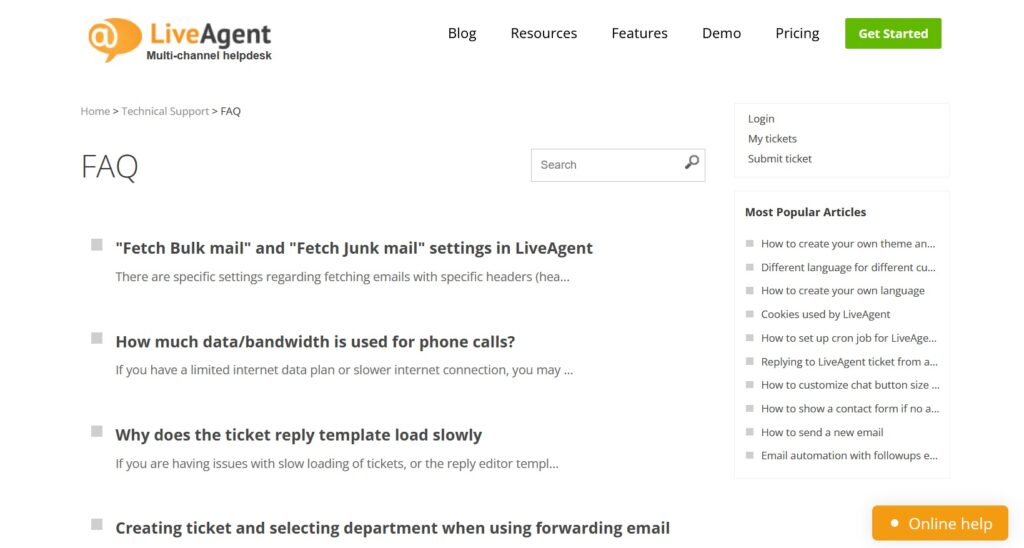
Porre questo tipo di domande può essere difficile, quindi è importante conoscere in anticipo il tipo di informazioni che si cercano.
Quali strumenti utilizzare per preparare in anticipo un elenco di domande?
- moduli di contatto e sondaggi
- una pagina di FAQ sul vostro sito web
- modelli di ciclo di acquisto
- fogli di istruzioni per le chiamate di vendita
Durante il processo di vendita, la durata della chiamata determina la quantità di tempo che hai a disposizione con i tuoi clienti potenziali per conoscere le loro esigenze.
Perché è importante stabilire una durata delle chiamate?
È importante per un uso efficiente del tempo. Ti aiuta a determinare ciò che devi discutere durante la telefonata. Inoltre, fornisce al potenziale cliente un calendario per gestire i suoi impegni durante la telefonata.
La definizione della durata della telefonata ti permette anche di pianificare la tua proposta di vendita. Devi assicurarti di essere in grado di rispondere a tutte le domande e le preoccupazioni dell’acquirente nel tempo previsto.
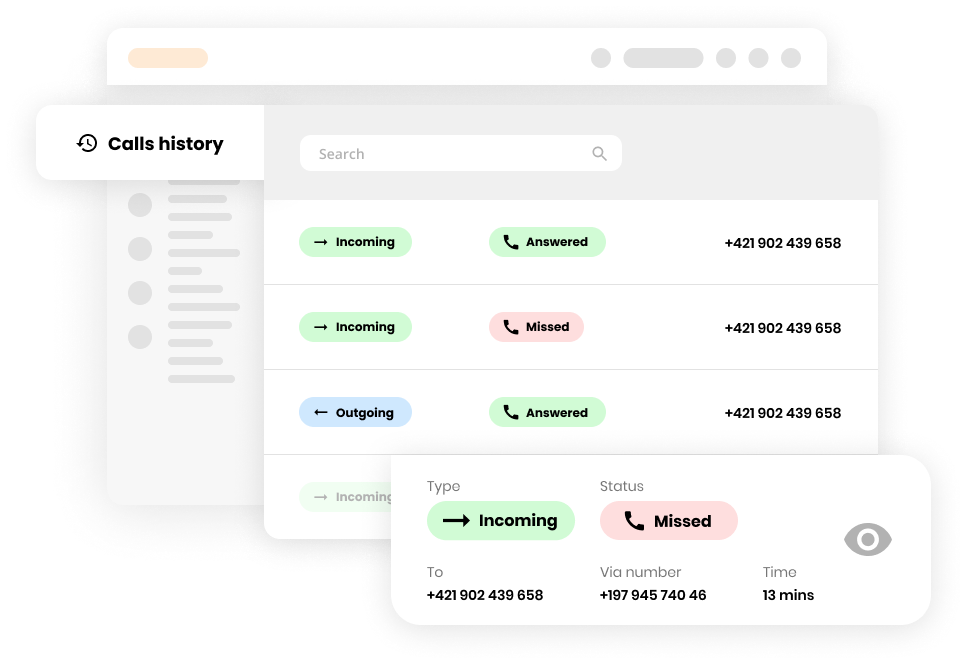
Come impostare la durata della chiamata?
Il modo migliore per impostare la durata della chiamata è scoprire quando il potenziale cliente è disponibile e quali sono i suoi orari di chiamata preferiti.
Quali strumenti si possono utilizzare per impostare la durata della chiamata?
- strumenti di pianificazione del calendario
- software di registrazione delle chiamate
- applicazioni per il monitoraggio del tempo
Nelle vendite, uno script di chiamata è una guida che delinea ciò che si deve dire e quando. Questi script si basano sulle regole delle migliori pratiche e consentono quindi agli agenti di fornire sempre il miglior servizio al cliente.
Perché è importante utilizzare uno script di chiamata?
Gli script di chiamata ti rendono più preparato per le chiamate di scoperta, perché evidenziano ciò che deve essere detto in determinati punti.
Non dovrai preoccuparti di cosa dire dopo e potrai concentrarti sulle esigenze del cliente.
Come si usa uno script di chiamata?
Leggilo parola per parola, in modo da rimanere concentrato sulla conversazione. Se ti discosti dallo script, la conversazione può andare fuori tema e impedirti di conoscere le esigenze del potenziale cliente.
Quali strumenti si possono utilizzare per seguire uno script di chiamata?
- script di chiamata
- registrarsi durante le chiamate
- software di riconoscimento vocale
L’utilizzo di strumenti può snellire il flusso delle chiamate e rendere più efficiente il processo di vendita. Gli strumenti facilitano anche il tuo lavoro, consentendoti di concentrarti sulle esigenze del potenziale cliente.
Perché è importante utilizzare strumenti per ottimizzare il flusso di lavoro delle chiamate?
Permette di registrare tutte le informazioni e le note necessarie, in modo da potervi fare riferimento in seguito durante i follow-up.
Inoltre, facilita il monitoraggio delle metriche, l’analisi dei dati e l’identificazione di modelli all’interno del processo di vendita. Gli strumenti sono fondamentali per stabilire i flussi di lavoro delle chiamate, perché consentono di automatizzare alcune attività che normalmente occupano tempo durante le chiamate.
Ciò include procedure come la registrazione delle chiamate o l’invio di e-mail di follow-up.
Come utilizzare gli strumenti per ottimizzare il flusso di lavoro delle chiamate?
Decidi quali strumenti funzionano meglio per te e poi integrali nei tuoi processi.
LiveAgent è una delle scelte ideali, poiché si integra con la maggior parte dei CRM ed è un ottimo modo per gestire l’assistenza clienti.
Quali sono gli strumenti disponibili per snellire il processo di chiamata?
- software di assistenza clienti (LiveAgent)
- software di registrazione delle chiamate
- applicazioni per il monitoraggio del tempo
- Programmatori di riunioni
- software di riconoscimento vocale
Durante una determinata fase del processo di acquisto, i tuoi clienti sperimentano diversi punti dolenti. Identificandoli, sarai in grado di fornire risposte e soluzioni a questi problemi.
Perché è importante abbinare le domande al percorso dell’acquirente?
Questo processo permette ai clienti di sentirsi più a proprio agio e offre ai tuoi agenti l’opportunità di guadagnare la loro fiducia.
Per capire meglio cosa cercano i clienti e come si allineano con la tua offerta di prodotti/servizi.
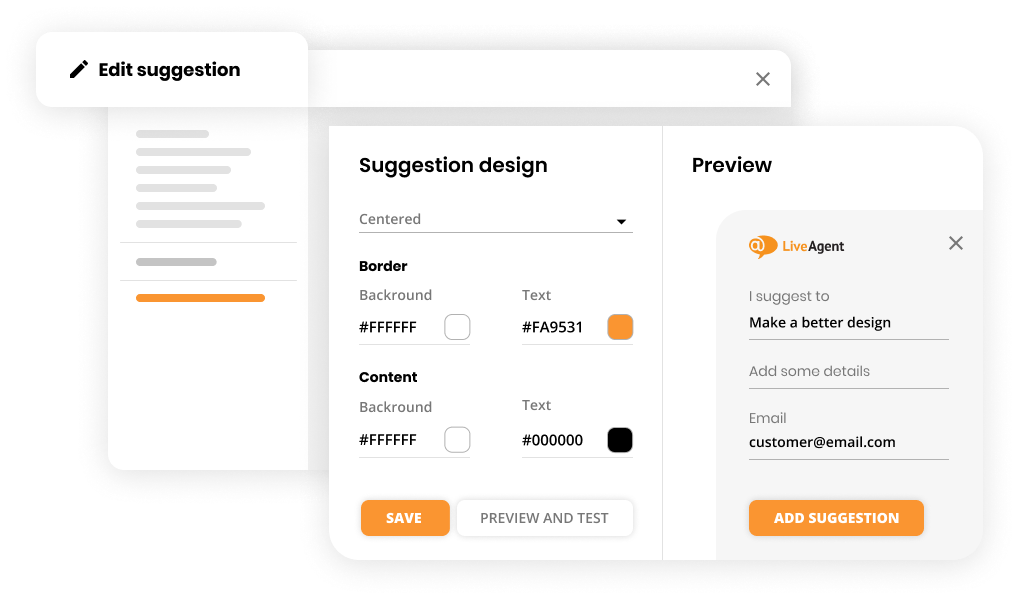
Come abbinare le domande al percorso dell’acquirente?
Il modo migliore è seguire le conversazioni precedenti, chiedere a che punto del processo d’acquisto si trovano i clienti e adattare le domande di conseguenza.
Devi anche essere pronto a porre la stessa domanda in modi diversi, in modo da ottenere una varietà di risposte. Assicurati di porre domande aperte.
Evita le domande “sì” o “no”, perché potrebbero fornire pochi feedback. In questa fase è consigliabile anche l’uso di domande di approfondimento.
Quali strumenti utilizzare per abbinare le domande al percorso dell’acquirente?
- CRM
- lead scoring
- software di automazione del marketing
- questionari/sondaggi
Quando si fissa un incontro con un potenziale cliente, è importante considerare l’orario e il luogo migliori per entrambe le parti. In questo modo si eviterà di riprogrammare l’incontro o di doverlo disdire.
Perché è importante organizzare le riunioni di vendita?
Dimostra che rispettate il loro tempo e consente conversazioni produttive. Inoltre, sarai in grado di gestire la tua agenda in modo più efficace e di sfruttare al meglio il tempo che hai a disposizione con i potenziali clienti.
Dedicare tempo e sforzi per organizzare un incontro aiuterà a guadagnare fiducia e rispetto nei confronti del potenziale cliente, il che ti aiuterà immensamente quando si tratterà di concludere l’affare.
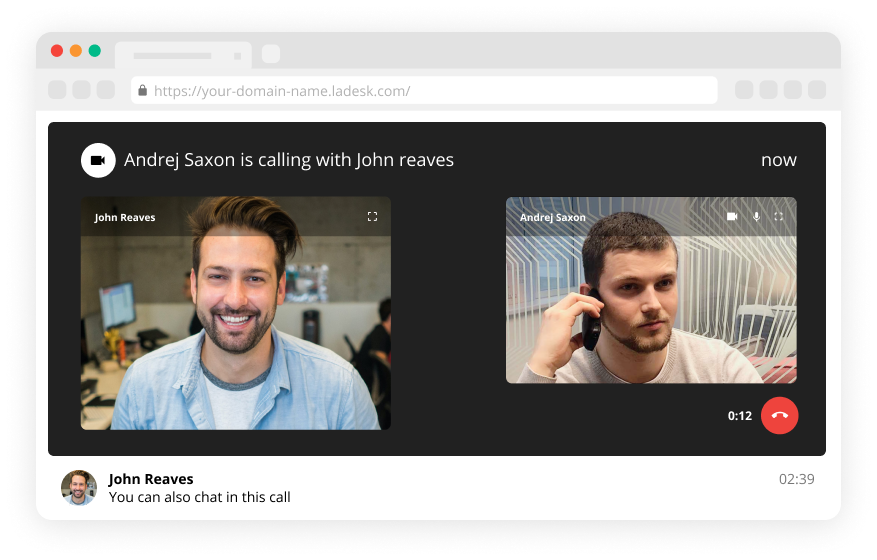
Come organizzare gli incontri di vendita?
Quando si organizza un incontro di vendita, è importante tenere presente che spesso le persone diranno di no per mancanza di tempo o perché non ritengono di soddisfare i tuoi requisiti, quindi è importante essere persistenti.
Se una persona non può partecipare, chiedi a un’altra di sostituirla.
Per quanto riguarda gli orari, i giorni feriali, la mattina presto o il tardo pomeriggio, funzionano bene perché le persone tendono a essere meno impegnate. Le riunioni di venerdì dovrebbero essere evitate, in quanto il venerdì è tipicamente considerato la fine della settimana. Il luogo migliore dipende dai tuoi potenziali clienti, ma in generale un ufficio o un bar possono andare bene.
Quali strumenti utilizzare per organizzare le riunioni di vendita?
- software di assistenza clienti (LiveAgent)
- Programmatori di riunioni
- software per videoconferenze o conferenze telefoniche
- applicazioni per il monitoraggio del tempo
Il follow-up con i clienti potenziali è una parte cruciale del processo di vendita, ma può essere difficile sapere cosa dire e quando dirlo.
Perché è importante pianificare i follow-up?
Pianificare i follow-up in anticipo ti dà il tempo di prepararti adeguatamente per ogni conversazione. Inoltre, dimostra il tuo impegno a fare affari con loro.
Di conseguenza, sarai in grado di gestire i tuoi impegni in modo più efficace e di sfruttare al meglio tutte le opportunità che ti si presenteranno.
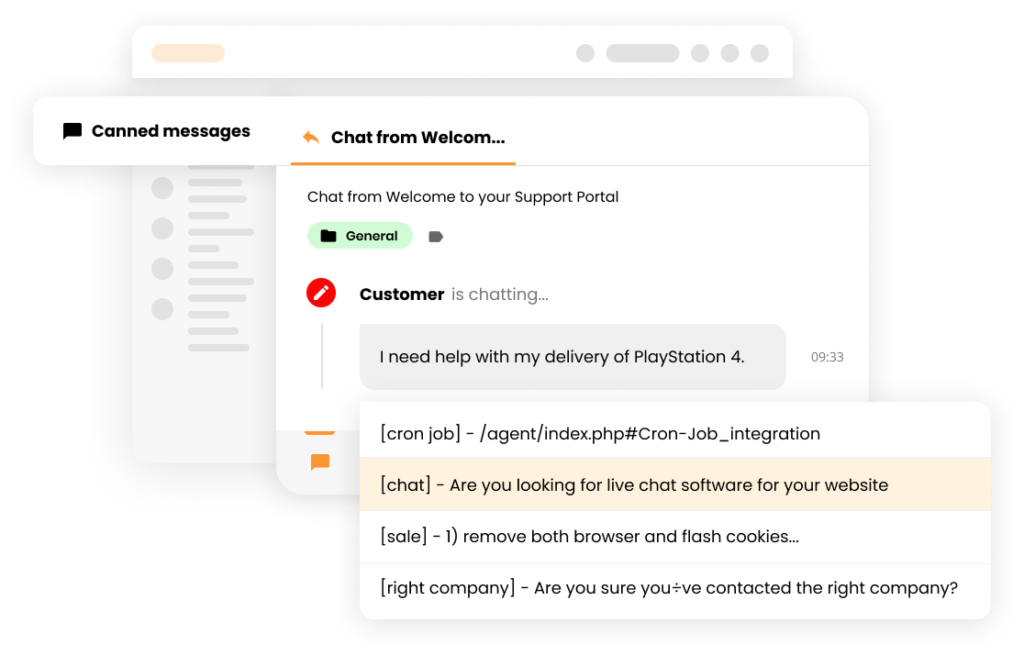
Come pianificare i follow-up?
Il modo migliore è inviare un’e-mail entro 24 ore dalla telefonata con determinate domande o richieste. Ad esempio, si possono chiedere i punti dolenti della loro attività (se non sono già stati discussi durante la telefonata) e la loro disponibilità per un altro incontro.
Poi, entro 48 ore, invia un’altra e-mail per chiedere di fissare un appuntamento per la prossima conversazione.
Quali strumenti utilizzare per pianificare i follow-up?
- modelli di e-mail o risposte predefinite
- strumenti di automazione delle e-mail
- CRM
- software di videoconferenza o teleconferenza
Dopo aver organizzato un incontro di vendita e aver seguito il prospect, è il momento di concludere il processo decisionale e chiudere l’affare. Inizialmente può sembrare difficile, ma con le tecniche giuste diventa più facile.
Perché è importante chiudere un affare?
Chiudere un accordo significa passare alla fase successiva e realizzare una vendita. Inoltre, aumenta le possibilità che il cliente torni da te in futuro. Inoltre, aumenta la fiducia in te stesso come venditore e mostra i tuoi progressi nel tempo.
Come chiudere un accordo?
Chiedi al potenziale cliente se è interessato ad acquistare il prodotto o il servizio che offri. Spiega come può aiutarli e chiedi quali sono le loro preoccupazioni, ecc.
Prova anche a offrire uno sconto come incentivo. Se non sono ancora convinti dell’acquisto, chiedigli se conoscono qualcun altro che potrebbe essere interessato alla tua offerta.
Quali strumenti utilizzare per chiudere un affare?
- modelli di proposta
- script di vendita
- modelli di e-mail o risposte predefinite
- script telefonici
- software per videochiamate
Cosa caratterizza una buona discovery call?
Ascolta attentamente ciò che il potenziale cliente sta dicendo
Fai delle domande per capire i bisogni e i punti dolenti. Diventa amichevole con l’acquirente, mostra empatia e comprensione.
Pianifica un incontro di vendita di follow-up basato su ciò che è stato discusso durante la chiamata. Questo permette di confermare che entrambe le parti sono interessate ad andare avanti insieme prima di prendere ulteriori impegni.
Occupati di un sano rapporto conversazione-ascolto
Questo passaggio è davvero importante. Si potrebbe semplicemente continuare a parlare, ma non è questo il senso delle chiamate di vendita. Ricorda che l’acquirente dovrebbe fare gran parte del discorso, dato che deve essere una conversazione a doppio senso.
Inoltre, assicurati di fare le domande giuste. Facendo delle domande più aperte e non ingannevoli, puoi raccogliere delle informazioni importanti su ciò di cui hanno bisogno e dove potresti essere in grado di aiutarli.
Formula le tue domande per ottenere delle risposte esaustive
Le migliori domande di discovery call sono quelle a cui bisogna rispondere con dei lunghi commenti. Questo significa che dovrebbero iniziare in modo ampio e aperto in modo da avere spazio per scavare più a fondo se necessario.
Concentrati sull’ascolto se c’è silenzio durante le chiamate
Se il tuo prospect è tranquillo per un po’ troppo tempo mentre stai parlando o facendo delle domande, non è necessariamente una cosa negativa. Molte persone sono condizionate a credere che il silenzio sia scomodo. Tuttavia, potrebbe significare che stanno elaborando le informazioni che gli stai dando e pensando a come possono usare o rispondere al meglio al tuo prodotto/servizio.
Continua a fare delle domande finché non si comprendi appieno i bisogni del potenziale cliente
È davvero importante continuare a fare delle domande fino a quando non senti di aver compreso appieno dei loro bisogni. Facendo questo, saprai che qualsiasi prodotto o servizio tu offra si adatta ai loro bisogni e, cosa più importante, lo sapranno anche loro.
Devi avere una conclusione positiva
Puoi usare una conclusione positiva per ricordare al tuo potenziale cliente che c’è ancora tempo per agire, ma anche per mostrare la tua fiducia in ciò che hai da offrire. Un buon modo per concludere sarebbe qualcosa come: “Non vedo l’ora che arrivi il nostro prossimo incontro”.
Domande di ricerca da porre ad ogni potenziale cliente
Le domande di ricerca possono essere una parte abbastanza complicata del processo perché si vuole essere sicuri di fare le domande giuste che ti daranno la maggior parte delle informazioni. Dovresti adattare le tue domande in modo specifico per ogni potenziale cliente.
- Quale obiettivo sta cercando di raggiungere il tuo business in questo momento?
- Quali sono i principali ostacoli al raggiungimento di questo obiettivo?
- Come può la nostra azienda aiutarti a raggiungere questo obiettivo?
- Qual è la tua più grande sfida in questo momento?
- In quali aree del processo di vendita stai facendo più fatica?
- Per quando avresti bisogno di risolvere questo problema? Possiamo aiutarti ad accelerare questa tempistica in qualche modo?
- Stai cercando una soluzione a breve termine o una collaborazione a lungo termine?
- Cosa ne pensi dei nostri prezzi?
Queste sono solo alcune idee e dipende da cosa stai vendendo, ma conoscere il business del tuo potenziale cliente è una parte essenziale del processo di ricerca. Senza farlo, andrai alla cieca e questa è sicuramente la ricetta per il disastro.
Le vendite consistono nel fare le domande giuste al momento giusto per ottenere le informazioni necessarie. E le discovery call sono qui per aiutarti a ottenere queste informazioni.
Quali sono le tue più grandi sfide in questo momento? Fai questa domanda finché non capisci veramente con cosa stanno lottando e come puoi aiutarli a superare questi ostacoli. Inoltre, questo ti darà un’idea se il tuo prodotto/servizio gli è necessario o meno e se c’è un potenziale adattamento.
Riassunto della lista di controllo delle discovery call
- Pianifica la chiamata
- Qualifica il tuo acquirente
- Analizza i bisogni del potenziale cliente
- Usa il modello SPIN
- Prepara una lista di domande in anticipo
- Imposta la durata della chiamata
- Segui uno script di chiamata
- Utilizza degli strumenti per semplificare il flusso di lavoro delle chiamate
- Abbina le domande al percorso dell’acquirente
- Organizza una riunione di vendita
- Pianifica i follow-up
- Chiudi l’affare
Suggerimenti per una buona discovery call:
- Ascolta attentamente ciò che il potenziale cliente sta dicendo
- Occupati di un sano rapporto conversazione-ascolto
- Formula le tue domande per ottenere delle risposte esaustive
- Concentrati sull’ascolto se c’è silenzio durante le chiamate
- Continua a fare delle domande finché non si comprendi appieno i bisogni del potenziale cliente
- Devi avere una conclusione positiva
Frequently Asked Questions
Quante domande si devono fare in una discovery call?
È importante porre un numero sufficiente di domande per comprendere appieno il potenziale cliente. Conosci i loro punti dolenti, il modo in cui stanno cercando di risolverli e se/come puoi aiutarli. In generale, è bene continuare a fare domande di follow-up finché non si sono affrontati gli argomenti che si volevano trattare. Sii pronto a rispondere alle domande sulla tua azienda, compresi gli aspetti che ti rendono unico e i risultati che hai ottenuto per i clienti passati.
Come faccio a sapere se una discovery call è andata bene?
Se ti sembra che la tua conversazione di vendita sia andata molto bene, probabilmente è lecito pensare che sia andata così. Assicurati che il potenziale cliente capisca come il tuo prodotto o servizio può aiutarlo e che sia interessato a saperne di più. È anche una buona idea tenere traccia dei progressi compiuti durante le chiamate di scoperta. È possibile tenere traccia di tutte le conversazioni con i prospect, nonché dello stato di ciascuna chiamata, utilizzando vari strumenti. Sarai quindi in grado di vedere se un lead ha risposto e intrapreso le azioni necessarie in base al suo feedback.
Come mi preparo per una discovery call?
In generale, dovrai preparare un paio di punti chiave da trattare con il potenziale cliente. Considera quali sono i punti dolenti che il cliente sta vivendo e che il tuo prodotto può risolvere. Inoltre, dovrai essere pronto a rispondere a tutte le domande che il cliente potrebbe avere.
Che cos'è una chiamata strategica?
Queste indicano che il cliente sta per accettare la tua offerta. Piuttosto che avere una conversazione gratuita di 15 minuti come nelle chiamate di scoperta, una chiamata di strategia è il momento in cui si elabora un piano di gioco. Le chiamate hanno anche maggiori probabilità di essere monetizzate.
Quali sono le buone domande di scoperta?
Sopra abbiamo illustrato alcune buone domande che si possono porre durante una discovery call. Tuttavia, devi sempre ricordarti di adattare le tue domande in modo specifico al potenziale cliente e alla sua attività. Una serie di domande che può essere perfetta per un prospect può essere completamente fuori luogo per un altro. Per porre le domande giuste durante le discovery call, dovrai conoscere a fondo i tuoi clienti potenziali.
Devo far pagare una discovery call?
Alcune aziende fanno pagare le discovery call, altre no. Per esempio, in LiveAgent le demo e le chiamate di follow-up sono gratuite. Se vuoi che il tuo cliente paghi, è importante che tu sia chiaro su come addebiterai i tuoi servizi e che ti assicuri che il cliente sia consapevole di ciò che sta pagando. In alternativa, puoi chiedere al cliente di pagare dopo che ha deciso di procedere con l’accordo o offrire opzioni di pagamento alternative, come ad esempio commissioni mensili.
Cosa bisogna fare dopo una discovery call?
Puoi inviare un’e-mail per ringraziarli del tempo che ti hanno dedicato e far sapere loro che invierai altre informazioni nel prossimo futuro. Potresti anche fissare un incontro o inviare una proposta che illustri i tuoi servizi. Personalizza sempre il modo in cui segui un potenziale cliente, poiché non tutti hanno bisogno dello stesso livello di attenzione.
Cosa devo fare se il cliente mi chiede il prezzo?
Se il potenziale cliente chiede informazioni sui prezzi, è importante essere preparati con una risposta. Puoi dire loro che discuterai ulteriormente dei prezzi una volta che saranno diventati clienti, oppure puoi fornire loro in anticipo i prezzi di alcuni pacchetti.
You will be
in Good Hands!
Join our community of happy clients and provide excellent customer support with LiveAgent.

Il nostro sito web utilizza i cookie. Continuando a navigare sul nostro sito ti informiamo che assumeremo il tuo consenso all'utilizzo dei cookie come specificato nella nostra politica della privacy e dei cookie.

- How to achieve your business goals with LiveAgent
- Tour of the LiveAgent so you can get an idea of how it works
- Answers to any questions you may have about LiveAgent

 Български
Български  Čeština
Čeština  Dansk
Dansk  Deutsch
Deutsch  Eesti
Eesti  Español
Español  Français
Français  Ελληνικα
Ελληνικα  Hrvatski
Hrvatski  Latviešu
Latviešu  Lietuviškai
Lietuviškai  Magyar
Magyar  Nederlands
Nederlands  Norsk bokmål
Norsk bokmål  Polski
Polski  Română
Română  Русский
Русский  Slovenčina
Slovenčina  Slovenščina
Slovenščina  简体中文
简体中文  Tagalog
Tagalog  Tiếng Việt
Tiếng Việt  العربية
العربية  English
English  Português
Português 